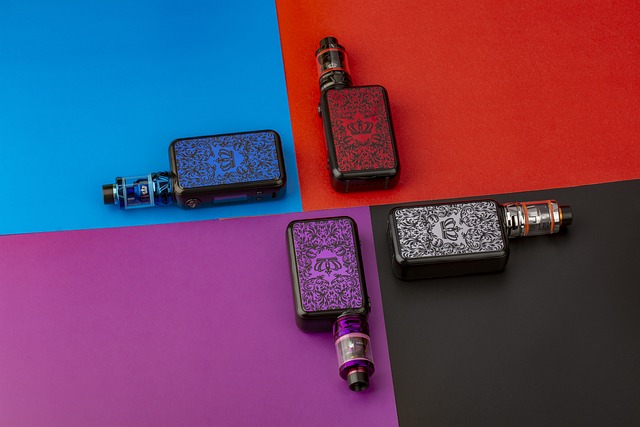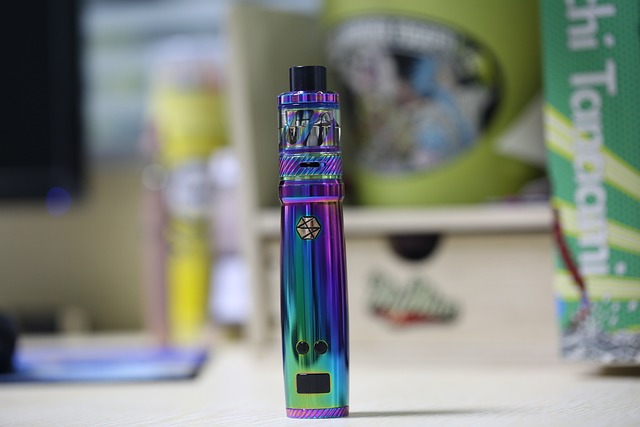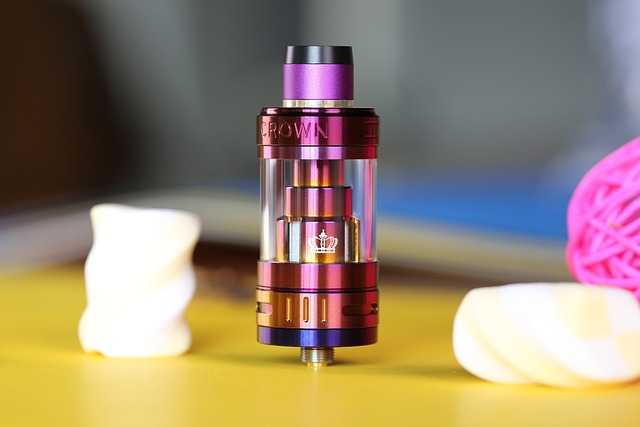1. Introduction to Torch Mind Melt Blend
The “Torch Mind Melt Blend” is an innovative concept in the realms of art and technology, particularly in the field of AI-driven creativity. This blend utilizes advanced machine learning techniques to create awe-inspiring artworks that combine human imagination with the computational prowess of artificial intelligence. This article will provide a detailed guide on Torch Mind Melt Blend, covering its origins, functionality, applications, and how to get started with this fascinating tool.
2. The Origins of the Blend

3. How It Works
At its core, the Torch Mind Melt Blend employs deep learning models, particularly convolutional neural networks (CNNs), to analyze and generate art. Artists input their styles, themes, or even specific artworks, to train the model. The model then learns to mimic these styles by processing diverse datasets. It integrates elements like color theory, composition, and texture to produce original art. The process often involves several iterations to refine the output, allowing for a unique collaboration between the artist and AI.
4. Key Components of Torch Mind Melt Blend
To effectively utilize the Torch Mind Melt Blend, one should be familiar with several key components. These include:
- Deep Learning Framework: The blend is typically implemented using popular frameworks like PyTorch or TensorFlow, both of which offer robust libraries for building neural networks.
- Data Preparation: Properly preparing datasets is crucial. This may involve gathering images, creating annotations, and organizing data into training and validation sets.
- Model Architecture: Selection of a suitable neural network architecture is vital. Variants like GANs (Generative Adversarial Networks) or VAEs (Variational Autoencoders) can be employed to achieve different artistic styles.
- Training Process: Training the model requires a considerable amount of computational power, thus leveraging GPUs is recommended to expedite this process.
5. Step-by-Step Guide to Getting Started
To dive into the Torch Mind Melt Blend, follow these detailed steps:
- Step 1: Set Up the Environment – Begin by setting up your coding environment. Install necessary libraries like PyTorch, NumPy, and Matplotlib. Additionally, you should ensure that your system supports GPU usage for optimal performance.
- Step 2: Gather Your Dataset – Select a theme or style for your project and gather a diverse set of images. This could include anything from classical art to modern photography that resonates with your vision.
- Step 3: Pre-process Your Data – Clean and enhance your dataset. This could involve resizing images, normalizing pixel values, or augmenting data through transformations to increase variety.
- Step 4: Choose Your Model – Decide on a model architecture that aligns with your goals. For instance, choose GANs for generating new artistic works or CNNs to apply existing styles to new images.
- Step 5: Train Your Model – Begin the training process, adjusting parameters like learning rate and batch size as necessary. Monitor the validation loss to avoid overfitting.
- Step 6: Generate Art – After satisfactory training, use your model to generate artistic pieces. Experiment with different inputs to see how variations affect the output.
- Step 7: Post-Processing – Refine the generated art using image editing tools if needed. This could involve color adjustments, cropping, or adding overlays.
- Step 8: Share Your Creations – Join online communities and share your artworks. Engaging with others who are exploring Torch Mind Melt Blend can provide invaluable feedback and inspiration.

6. Use Cases for Torch Mind Melt Blend
The Torch Mind Melt Blend has a diverse range of applications across various fields. In the art world, it offers new means of creative expression by blending traditional techniques with modern technology. Many artists utilize this blend to create unique pieces for exhibitions or personal portfolios. Furthermore, the fashion and design industries are increasingly applying AI-generated designs, leading to innovative products and marketing strategies. In education, this technology enhances learning experiences by providing engaging tools for students to explore creativity and coding simultaneously.
7. Challenges and Limitations
While the Torch Mind Melt Blend offers exciting possibilities, it also presents certain challenges. One significant concern is the ethical implications surrounding AI-generated art. Questions about authenticity and authorship arise when distinguishing between human and machine-generated pieces. Furthermore, there can be limitations in terms of the quality and originality of the artwork produced. Overfitting and model bias can lead to results that do not meet the desired standards. Nevertheless, with ongoing advancements in the field, many of these challenges are actively being addressed.
8. The Future of Torch Mind Melt Blend
The future of the Torch Mind Melt Blend looks promising as technology continues to evolve. Innovations in AI will likely lead to more sophisticated models capable of producing intricate and engaging artworks. Additionally, as public perception of AI in creative fields shifts, collaborations between artists and technology will become increasingly commonplace. Research and development in this realm will continue to expand its applications across different domains, heralding a new age of creativity.
9. FAQs
What is the main purpose of the Torch Mind Melt Blend?
The main purpose of the Torch Mind Melt Blend is to combine human creativity with the computational abilities of artificial intelligence to produce unique and innovative artworks. It serves as a collaborative platform for artists to explore new avenues of creative expression through advanced machine learning techniques.
How does one get started with the Torch Mind Melt Blend?
To get started with the Torch Mind Melt Blend, you should set up your coding environment with the necessary libraries (such as PyTorch), gather and preprocess a dataset, choose an appropriate model architecture, and go through the training process. Once trained, you can generate artworks and refine them as needed before sharing them with the community.
What are some challenges faced while using the Torch Mind Melt Blend?

Challenges include ethical implications concerning authorship and authenticity, limitations in quality and originality, as well as technical issues like overfitting and model bias. Addressing these challenges is essential for the responsible and effective use of AI in art creation.





